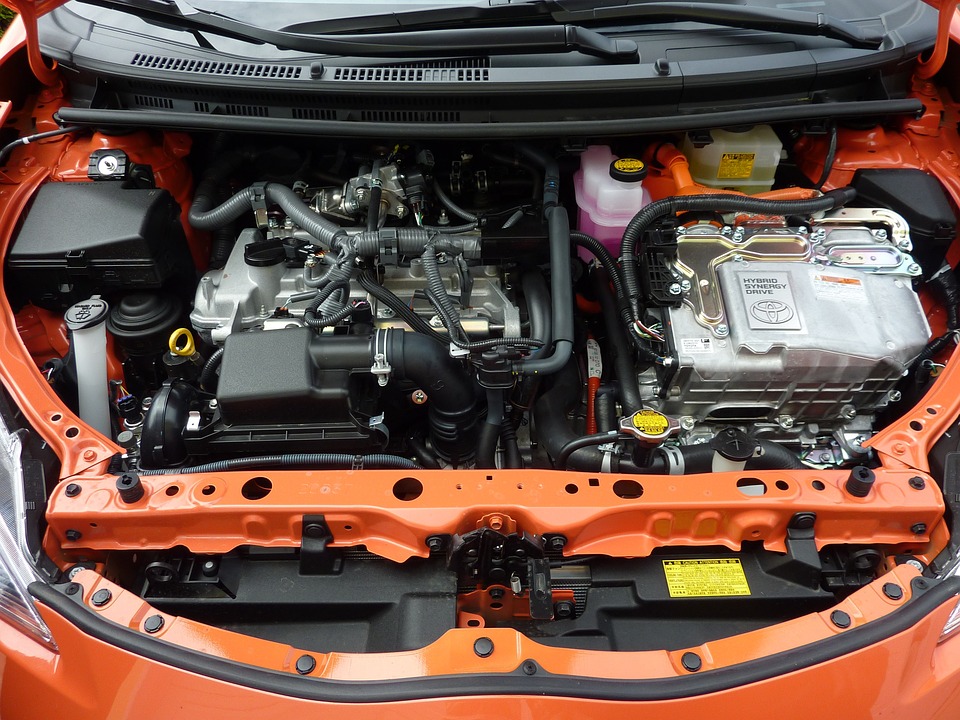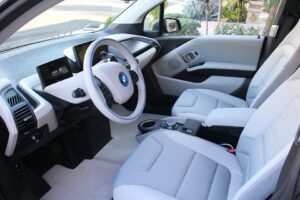Most of us would have come across the concept of electric powered cars. How is it different from gas powered vehicles and how do they work?
An electric car is the same as a gas-powered car, except that it runs on battery instead of gas. Power from the battery is supplied to the electric motor needed to start the vehicle. The electric motor used in the electric vehicle can be of three types – AC induction, permanent magnet motor and DC brushless motor. Each of these types of engines has a certain characteristic.
If you want a motor that delivers top speed but low acceleration, DC Brushless is the right choice. On the other hand, the motor with highest acceleration but maximum average speed is AC induction. The permanent engine is the engine that contains the features of both engines.
The electric vehicle motor is powered by a battery or group of batteries that provide the necessary power source. This power supply is regulated by a controller that manages the battery power supply to the motor, so that the motor runs efficiently and does not get burned. This is a simple picture of how an electric car works. If you look at the complex picture, what you can see is an electrical system that consists of many components such as fuses, wiring, and relay systems. The electrical wires from the battery direct current to various components and the fuse system acts as a protection mechanism for the incoming electrical charges. The various components that make up a vehicle’s electrical system include the battery, relay, fuse, ECU, wiring, electrical connectors, fusible link, and switch.
Different types of batteries are available for use in electric vehicles. Battery selection should be based on lifespan, quality and power source. These include lead acid, nickel metal hydride, and lithium ion. Of all the three types, the most common is lead acid. These are the lowest energy types of batteries and are 97% recyclable. One of the smaller ones is the lithium ion battery because it offers the best performance and range as well. It is important to replace car batteries every three to four years.
It is essential to have the battery checked periodically so that it is always maintained in the correct condition. This also applies to other electrical components, otherwise their condition may deteriorate. Battery terminals must be cleaned as they can cause corrosion.




No comments! Be the first commenter?